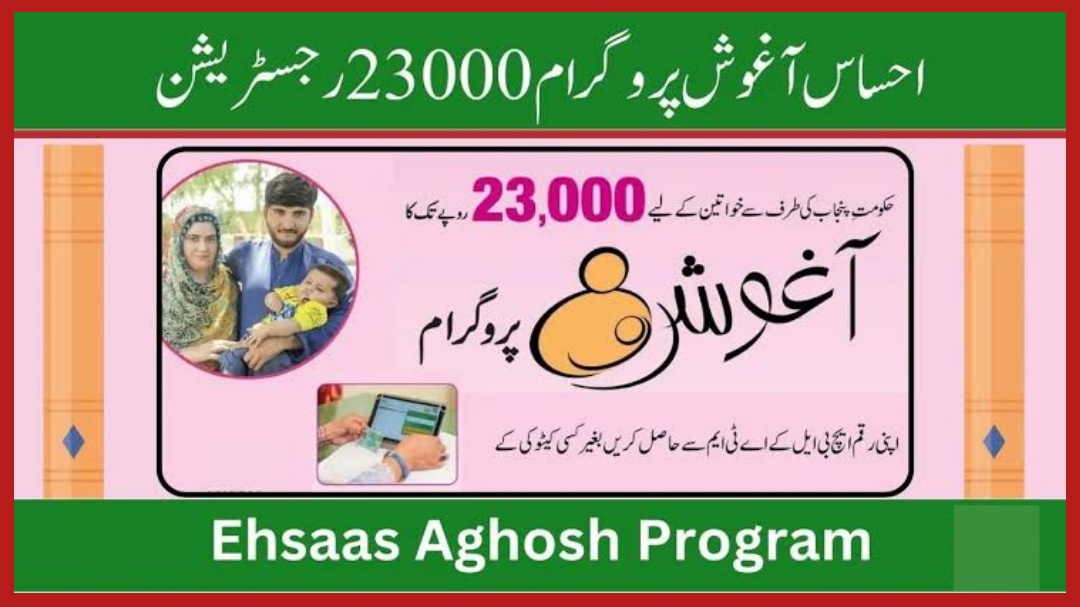A new program launched by the government aims to give free milk to pupils in classrooms. The goal of this program is to improve the health and nutrition of young students by making sure they get the key nutrients needed for development and growth.
Objectives of the Free Milk Initiative

The primary goal of the Free Milk Initiative is to increase schoolchildren’s intake of nutrients. The goal of this initiative is to close the gap between the number of children whose families cannot afford to provide them a healthy diet. Vitamins, calcium, and protein are all found in abundance in milk and are essential to a child’s growth. The government aims to decrease the number of school days missed due to health issues, enhance children’s academic achievement, and improve children’s health by offering free milk.
How the Initiative Will Be Implement
| Point | Details |
|---|---|
| Objective | Improve health and nutrition of schoolchildren by providing essential nutrients through free milk. |
| Implementation | Daily distribution of milk to all students in public schools during morning break, sourced from local dairy farms. |
| Benefits for Students | Enhanced learning outcomes, improved mental and physical growth, reduced health disparities, and increased school attendance. |
| Economic and Long-Term Benefits | Support for local dairy farmers, creation of jobs, healthier population, reduced future healthcare costs. |
- The program will be implemented in all public schools nationwide.
- Every day of the school year, a complimentary carton of milk will be given to every student.
- All children will benefit from the milk distribution, which will take place during the morning break.
- To ensure a stable supply, milk will be delivered to schools on a regular basis.
- In order to support local farmers, the government will source the milk in collaboration with nearby dairy farms.
- Tight quality control procedures will guarantee that the milk is safe to consume and fresh.
Benefits for Students
For students, the Free Milk Initiative has a number of advantages. Regular access to milk guarantees optimum nutrition, which can enhance learning results and focus. Good nutrition is associated with improved mental and physical growth, which supports academic success in students. Additionally, the program seeks to close health disparities between pupils from various socioeconomic backgrounds, guaranteeing that every child has the chance to flourish. Since kids are more likely to attend school when they eat well, the program is also anticipated to increase school attendance.
Positive Reception from Parents and Teachers
Teachers and parents have given the Free Milk Initiative positive comments. Particularly for those who struggle to afford wholesome meals, parents are appreciative of the government’s efforts to give their kids the nutrition they need. In the classroom, teachers have noticed that children who eat well are more attentive and active. The program is seen as a step in the right direction toward enhancing students’ general well-being and facilitating their academic success. The program’s effectiveness depends on the cooperation of parents and educators since it raises awareness and guarantees efficient milk distribution.
Economic Benefits for the Local Dairy Industry
The local economy will benefit from the project as well, especially for dairy farmers. The government will establish a steady demand for dairy products by obtaining milk locally, which will support price stability and give farmers stability. This program has the potential to strengthen the local dairy business, provide employment, and strengthen the rural economy. Collaboration between educational institutions and dairy farms can also promote a sense of belonging and assistance amongst people, which benefits the general development of rural communities.
Long-Term Health Benefits

Students who receive free milk have long-term health benefits. Frequent milk consumption can reduce the chance of developing chronic diseases later in life, promote healthy bone formation, and prevent nutritional shortages. Through early encouragement of good eating practices, the program hopes to guarantee that kids become healthy adults. In the long run, this may result in a healthier populace and cheaper healthcare expenditures. Future returns on government investments in children’s health and nutrition are anticipated to be substantial.
Conclusion
In summary, the government’s Free Milk Initiative for kids is an admirable attempt to enhance the health and nutrition of young people. The program’s goal is to promote kids’ development, learning, and general well-being by giving them free milk. Parents and educators have overwhelmingly supported the program, which is anticipated to have a good effect on the local dairy business. The program is a worthwhile investment in the future health of the nation’s young because of its long-term advantages.
FAQs
Q1: Who is qualified for this initiative’s free milk?
A1: As part of this program, all students enrolled in public schools are entitled to free milk.
Q2: How often will free milk be given to students?
A2: Every day of the school year, students will get a free carton of milk.
Q3: How is the initiative’s milk sourced?
A3: To assure freshness and boost the local economy, the milk is purchased from nearby dairy farms.
Q4: What are this initiative’s anticipated long-term benefits?
A4: Better nutrition, higher academic achievement, less health inequities, and a healthier populace as a whole are among the long-term advantages.





















